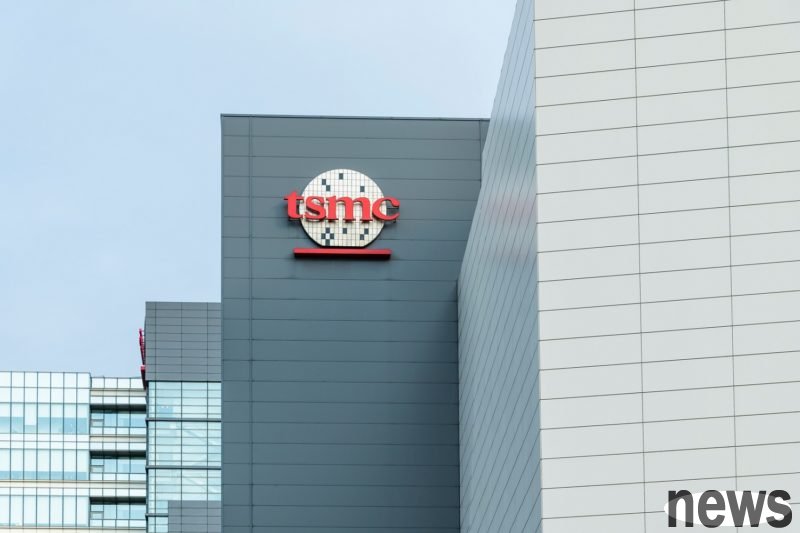Foreign power reports, NTU is preparing to implement large-scale price adjustments within several years, which has a significant impact on the production costs of chips of major technology manufacturers such as Apple and NVIDIA. The key to this surg...

Foreign power reports, NTU is preparing to implement large-scale price adjustments within several years, which has a significant impact on the production costs of chips of major technology manufacturers such as Apple and NVIDIA. The key to this surge in price is the rising production costs in Taiwan, especially its huge investment in Arizona, the United States, and its unrivaled unique position in the crystal OEM market.
Taiwan Electric has planned to adjust the price of below 5% for advanced production processes such as 2 nanometers and below 5 nanometers at the end of the year starting from 2026. The price of 3 nanometer crystal circles is about 20,000 US dollars per tablet, and 2 nanometers will be at least 50%, up to 30,000 US dollars per tablet, and it is likely to rise in the future. NTU has also informed its major customers of this price strategy in advance. However, for mature processes with less pressure in production costs, tyrene may consider price reduction.
In addition, the key reason for NTION's price increase this time is the emergent increase in chip production costs, and the construction and operation cost structure of the United States' Arizona factory built with an investment of more than US$65 billion has become the main source of pressure. The first factory in Arizona has started producing 4-nano wafers in early 2025 for use for Apple and NVIDIA, while the second factory is expected to start production of under 3 nm as soon as 2027.
Taiwanski's July Financial Report Conference clearly stated that starting from 2025, overseas crystal plants will have a diluted gross profit margin of 2% to 3%, and may even reach 3% to 4% in the long run. This has forced Taiwan Power to maintain a long-term gross profit margin of more than 53%. When Supermicro (AMD) executive director Su Zifeng also confirmed that the cost of chips produced in Taiwan's Arizona factory will be 5% to 20% higher than similar chips produced in Taiwan. In addition, the tax policy of Trump's era and the expansion of American factories have also increased the cost pressure.
The reason why NTU can transfer cost pressure to customers is benefiting from its unique market leadership position. According to data from market research organization TrendForce, TrendForce, the global crystalline foundry market share reached 70.2% of the record in the second quarter of 2025. This widens the gap between it and Samsung Electronics, which ranks second, to 62.9 percentage points, giving Taiwan Power the absolute advantage in price negotiations. Not only that, TEK also has almost exclusive positions in the advanced packaging (CoWoS) technology that is indispensable for AI semiconductor production, which makes the technological giants including NVIDIA depend on TEK to an absolute right level.
Taiwan electricity price, major customers show acceptance. NVIDIA Executive Chairman Huang Rensheng May Taipei International Computer Exhibition (COMPUTEX 2025) stated that Taiwan's capital contributions are far beyond financial results and support the price increase. AMD Su Zifeng has repeatedly emphasized the importance of diversification of supply chains, implying that he is willing to bear higher costs.
Industry insiders pointed out that although prices are rising faster than before, companies still have strong demand for crystalline foundry with higher power and energy efficiency. For NTD, this surge is part of its diversified layout, aiming to meet the trend of global semiconductor manufacturing supply chain development with the United States as the center, while maintaining stable profitability through strong demand.